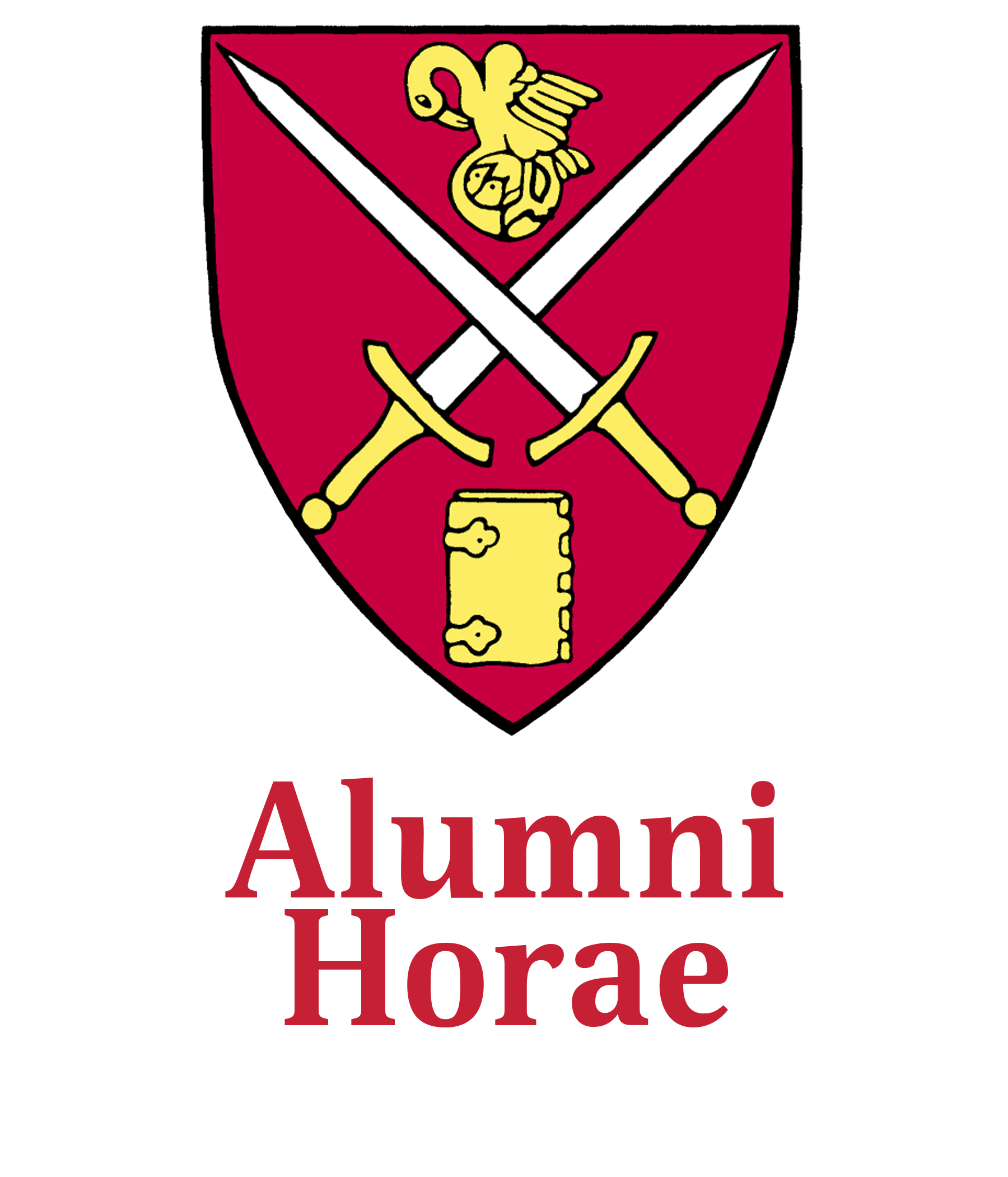Spotlight: Drawn to the Sea
At sea is where professional mariner Hannah Gray ’97 feels most at home.
Jana F. Brown
Hannah Gray ’97 prepares to deploy a seismic array, which will help map the ocean floor.
Her summer at home was meant to serve as a respite for Hannah Gray ’97 from the Manhattan nonprofit world. But the SPS alumna’s return to Great Cranberry Island, a small slice of land off the coast of Maine, became a revelation. “I had no idea I would end up being a professional mariner,” says Gray. “But, in retrospect, that was what I was being bred to do.”
Gray’s family owned a boatyard on the island, and she grew up with the ocean as her backyard. Great Cranberry’s year-round population of predominantly lobstermen peaks at 45. Gray was the only student in her class between kindergarten and eighth grade, when she left for the mainland and St. Paul’s School. She went on to major in Latin American studies at Wesleyan, still not acknowledging the beckoning of the ocean. Working in criminal justice system reform proved to be worthwhile, but not life-affirming. So, in the summer of 2004, Gray returned home to sail a friendship sloop up and down the coast of Maine. A friend had just finished sailing around the world and posed a question to her.
“She said, ‘Would you want to do that?’” Gray recalls. After answering in the affirmative, Gray spent the next couple of years sailing around the world on a small vessel owned by an organization called Reach the World that broadcasted its adventures on the high seas weekly to 100 third grade classrooms in New York City.
“On the boat, we were creating content, and we were like the characters in an online weekly reader,” says Gray. “We were featured in articles about science, culture, history.” Her travels took Gray from port in New York City, down the Eastern Seaboard, through the Caribbean, the Panama Canal, and across the Pacific to Australia, Indonesia, and Thailand.
Gray worked as a marine technician aboard the Laurence M. Gould, an icebreaker used to conduct research in Antarctica.
“I went into it head first,” she says. “I loved being at sea and the rhythm of life at sea; the purpose is obvious – living in community, where everyone has distinct responsibilities.” From that experience, Gray knew she wanted to keep growing as a mariner, and soon began seeking opportunities to work on bigger boats with bigger crews, all with an educational mission. She worked on a college semester-at-sea sailboat, which roamed from Canada to Europe to Sierra Leone, studying the path of the Atlantic slave trade. She sailed on a boat to the Caribbean with high-schoolers from Maine and also worked on the Great Lakes for a season, building her interest and skills as a mariner.
From early 2009 to late 2012, Gray took a break from traveling, when she worked for about four years at Maine Maritime Academy, where she taught celestial navigation and ship handling, among other duties. But soon the sea called her back and, in 2014, Gray got involved with the U.S. Antarctic Program, which, through the National Science Foundation, has a permanent charter for ice-class research vessels. Among the the ships on which she has worked as a marine technician is one that can break through three feet of ice at a speed of three knots. In her role on the ice-breaking ships, Gray has been responsible for the operation of the winches and cranes that deploy scientific gear over the side. “If it’s going over the side and collecting data, I would be in charge of it,” she says, noting that the National Science Foundation funds a variety of initiatives, including seismic research, water sampling, and whale tagging – all of which Gray has been a part.
That variety, says Gray, is one of the primary reasons she enjoys life at sea. She is also drawn to the community of like-minded individuals, who must fulfill their duties while living in close quarters. That involves standing 12-hour watches and learning to mesh different personalities for the good of the crew. “What makes the community at sea work is that everyone has a well-defined role,” says Gray. “The consequences of not taking them seriously are immediate and severe, giving a wonderful sense of purpose and team.”
In her time at sea, Gray also has supported efforts to map the ocean floor at the Totten Glacier – due south of Tasmania – to determine why the ice cover in the region is melting faster than scientists have predicted. She has collected skin samples from humpback whales in the Antarctic peninsula, a region in which she has spent significant time on three separate voyages with the same group of scientists. The group has collected 20 years of data, showing patterns of warming that include the migration of animal inhabitants from north to south. As the holder of a 500-ton ocean master license, Gray is licensed to captain vessels from a big tugboat to a small cruise ship to a small cargo ship. She has sailed in all four oceans, on all seven continents. Though Gray does not yet have her next voyage in the books, she has no plans to remain land-based for long.


